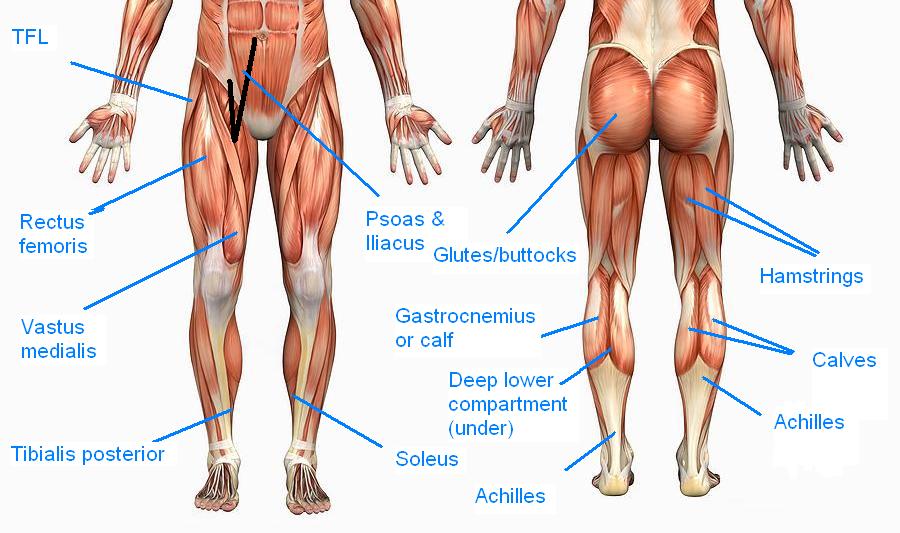
09 Mar The Single Training Hack To Get You Faster And Stronger
It is almost every runner’s goal to get faster and stronger. Sometimes incorporating simple but powerful hacks to your training can get you there. If you are looking to improve speed and strength, there is nowhere else to look; Hill Training is the running hack that will provide you with strength and speed…faster.
The key of hill running in developing more and faster power and speed, is that in order to beat gravity, your muscles will contract faster and more powerfully with each stride, engaging the key muscles and the fast twitch fibers of your lower body so they respond faster and develop stronger.
Benefits of Hill training
Strength
First off, hill training forces your body to work much harder than flat running, this is obvious. The incline creates a higher resistance to make your muscles contract faster, generate more force faster, and work harder. Your calves, quads, hamstrings, and glutes will build up more quickly vs regular flat training. Your hip flexors and Achilles tendons will benefit too.
“Nothing builds running strength better and faster than hills.”
Speed
Hill training works primarily on hip flexors, hamstrings, quads, glutes, and calves; the primary muscles used for sprinting. These muscles require more preparation for short bursts of speed without the risk of injury. Stronger muscles will make you react more quickly and efficient to sudden demands of speed.
Higher Efficiency
Simply put, hill running makes your whole body work harder and more powerfully. This will create adaptation of your body to more power generation in a shorter period or time, making your workout more efficient. Your ankles also are flexed more quickly which will make them ‘take off’ the ground more quickly in order to defeat gravity. This will make you spend more time in the air and less time in the ground creating more economy of running too.
Less impact on joints
This would sound counter intuitive but this is the result of your landing impact being lower than doing regular flat running. This way your muscles will absorb more of the work instead of your joints. Be cautious though when going back downhill, which should be done gently and softly. Downhill running can be highly impactful for joints.
Muscles in development

As mentioned before, with hill running you will use more of the fast twitch fibers, making the following muscles gain more power and more speed:
Quadriceps
These muscles function as extensors of the leg. They allow you to raise your leg and propel forward. The stronger the quads, the extension of the leg becomes a more efficient and fast process. This muscle will be readier for a stronger and faster extension when your body is in movement.
Hamstring
These muscles allow you to flex the leg (bending the knee) and extend the hip. One of the most important of the muscles in your leg. They allow acceleration of movement and explosiveness in the concentric (shortening) phase of the bending movement. This muscle will shift load from your knees to your hip whenever an explosive movement is required. The hamstring also plays a key role in controlling deceleration in the lengthening phase of the muscle. Acceleration and deceleration is controlled with this muscle. Running hills create sort of a ‘lunge’ effect, working hard on the hamstring, which helps develop these muscles faster and stronger.
Glutes
These muscles support the work of the quads and hamstrings. When you run, the glutes allow the quad and hamstring to do their flexion and extension movements more efficiently reducing the load on them. Your glutes initiate the extension of the hip when running and help to stabilize it.
Hip Flexor
This group of muscles surround the hip and are crucial for runners (and commonly overlooked). They basically allow your leg to move and push forward when running. When your hip flexion is more efficient, this allows a faster and stronger stride. They also allow your legs to work in concert with the rest of your body. A strong and flexible hip flexor is highly critical for runners.
Calves
As they control foot flexion (lifting the heel up) when running, they have to be ready and react efficiently for the next stride when running. They basically help ‘push off’ when stepping. Strong and elastic calves will support a faster and stronger flexion much needed in a faster ‘push off’ when sprinting. They also play a vital role with circulation as they help in pumping blood from the lower part of your body to the heart when constantly contracted.
“Running hills break up your rhythm and forces your muscles to adapt to new stresses. The result? You become stronger.”
When to do Hill Training
Typically hill running should be done as part of a routine, and not be the routine. Also, the type of hill running will be variable. There are basically three types of hill running:
- Long Hill runs. Helps in endurance and requires a lower intensity workout vs hill repeats and can be done regularly (2 or 3 times a week). This way your muscle can endure the length of training without exhaustion. This type of hill running although demands more power from the muscles vs flat running, will yield results towards resistance more than strength and speed. This type of running uses more of your slow-twitch fibers.
- Long Hill repeats. This run demands intermediate range of motion from the stride. The repeats will demand more power in your stride, and will recruit more of your intermediate twitch fibers. The hill can be run at 70%-75% of maximum effort and you can do 1-2 sessions per week, and progressively. A good routine can include:
30 seconds run uphill x 3 times
60 seconds run uphill x 3 times
90 seconds run uphill x 3 times
- Short Hill repeats. This run requires maximum effort and will recruit your fast twitch fiber. This is the type of thick powerful fiber you want to contract in your muscle to ultimately result in building mass, power, and speed. You can do a 2-3 sessions per week if your goal is power and speed. You need to do runs at 95% effort (almost sprinting):
10 seconds run x 4 times (60 meters)
12 seconds run x 3 times (75 meters)
15 seconds run x 3 times (90 meters)
This is done at max effort with rest time of 2 minutes between runs. Avoid downhill strides, just relax, walk down, and soften the impact. Your workout is uphill.
Short hill repeats is the type of hill running that will yield the faster and best result on building power and speed. Make sure to listen to your body when engaging in hill running. Make progressive steps so your body can adapt and respond. The last thing you need are injuries. Be smart, and train smart.
“It is not about the finish line. It is about about enjoying the process of getting there.”
Running Essentials




Sorry, the comment form is closed at this time.